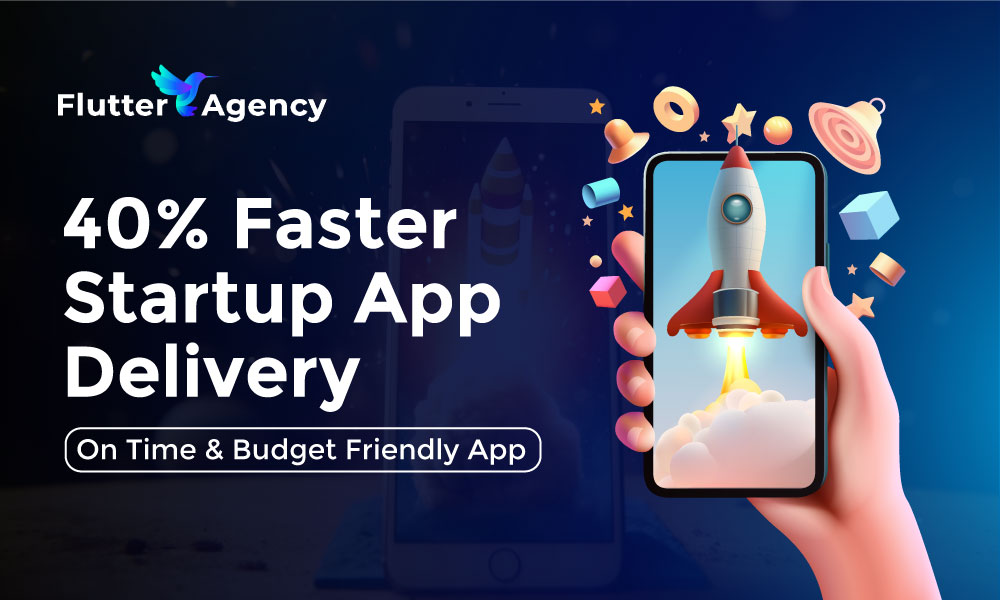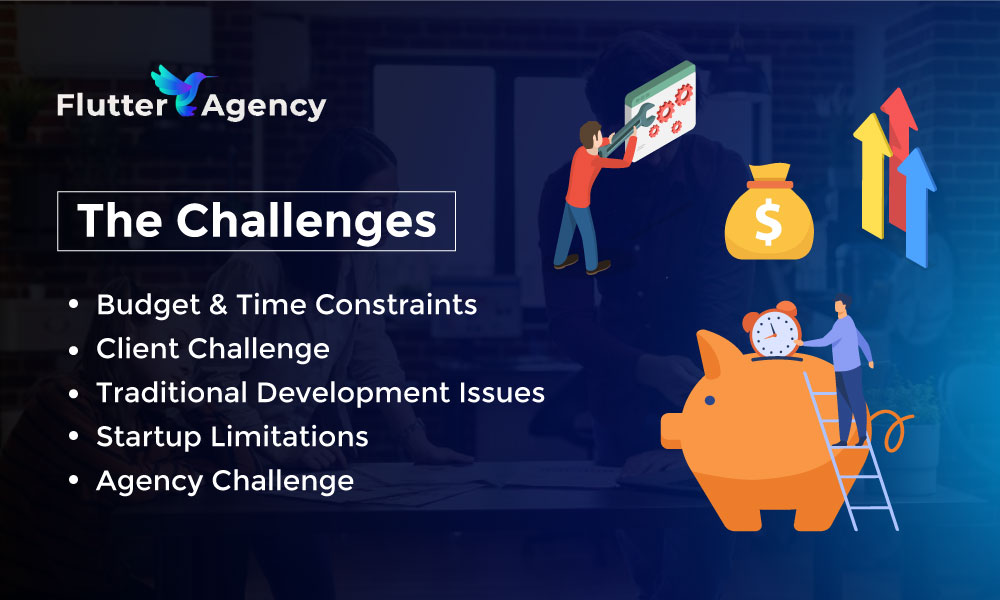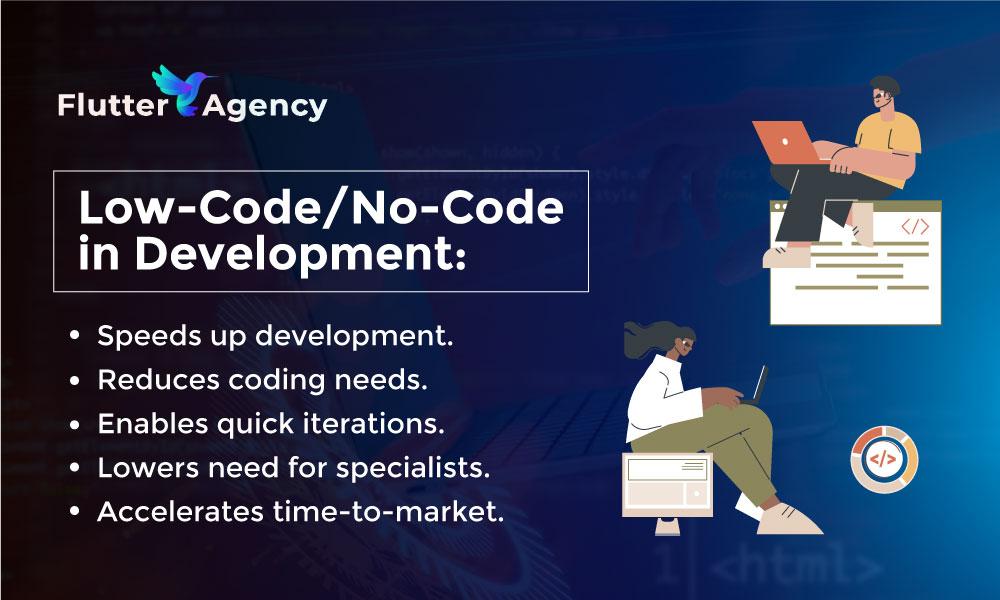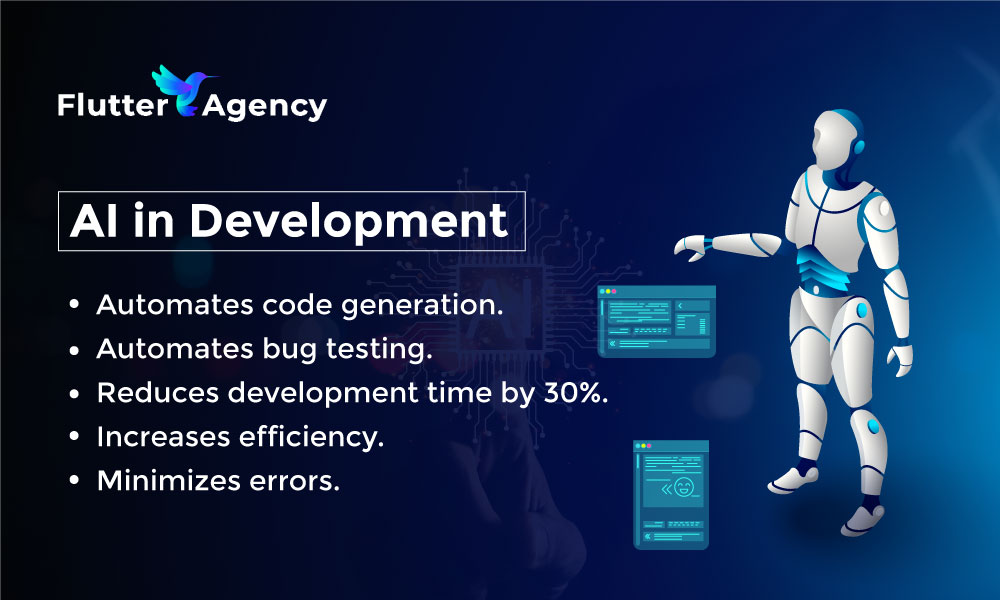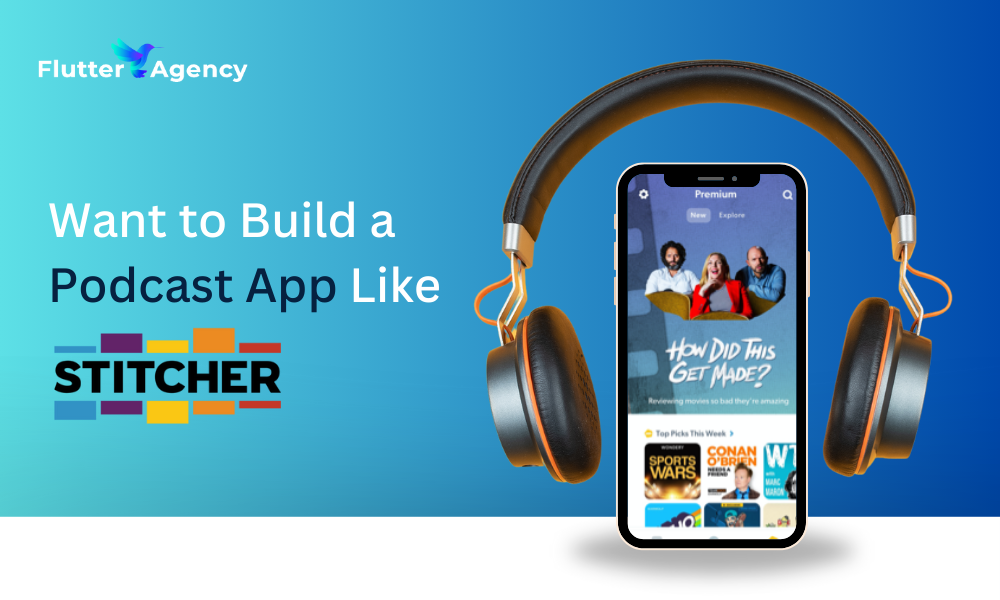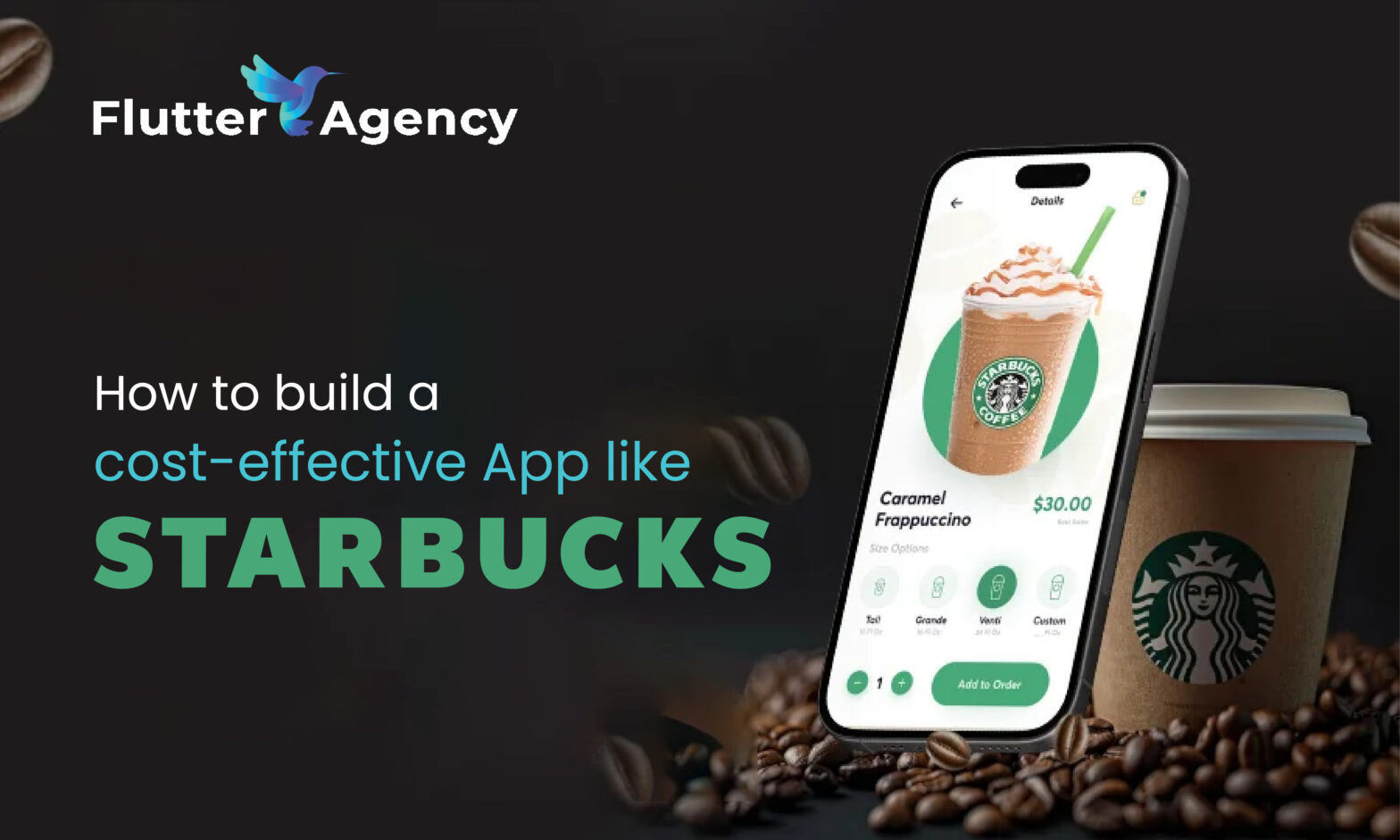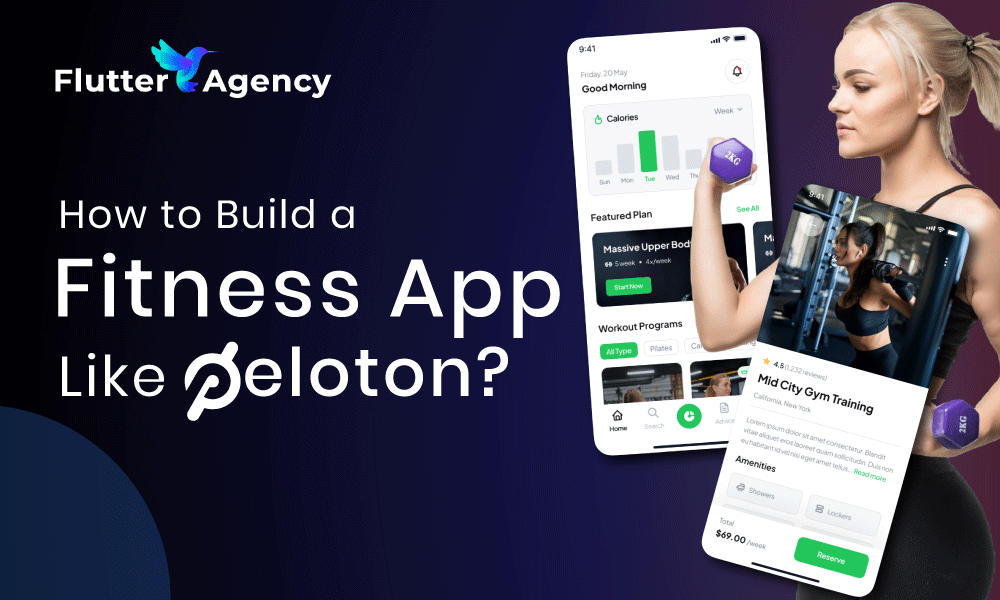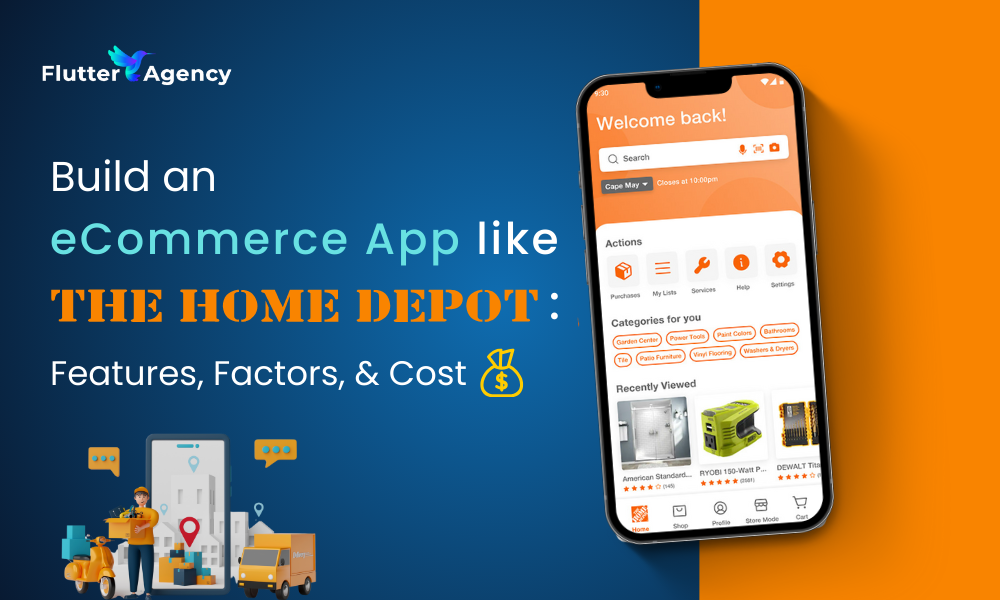40% Faster App Delivery Within Budget for a Startup | Case Study
Startups these days have a lifespan that is dictated by their ability to do things better and within much lesser time. The execution time of certain processes often decides a startup’s business potential. Since most businesses have a requirement of application development, startups are almost always reliant on outsourcing the development process to an agency or a development team.
The case with startups is usually a constraint related to time as well as the client’s budget. Mobile apps are like a cornerstone to their entire business plans. Without the app, there is no tangible meaning to the entire plans and strategies. Here’s where the work of application development agencies comes in.
The only glaring issue with this from the agency perspective? The lack of a bottomless budget and the time factor.
If you’re an agency owner trying to find out a solution to this problem, this case study might shed some light on it. Read ahead to understand in detail, the challenges of delivering a mobile app to a startup on time and within constrained budgets, from the agency’s perspective. But first, understand the challenge.
The challenge of budget and time constraints
Budget and time might seem like only two constraints when it comes to application development. But the thing about business proceedings and development processes is, everything revolves around that, which means that the lesser the budget, the lesser grip on resources, and the lower the time, the higher the pressure during development. Here’s what we were faced with along the same lines.
Challenge: Our client, a promising fintech startup, approached us with an idea for a visionary app for revolutionizing personal finance. They ticked all the boxes: a tight deadline, a limited budget, and a long list of features.
Traditional development methods would have stretched our resources thin and risked compromising quality. Traditional development includes developers building an app line by line of code, where the space for both error and building unique features is shared.
However, this also means that we would’ve needed to spend time hiring niche developers who are skilled or have expertise in a particular language. This required time- which we weren’t very rich in, at the moment.
A slight error, or a bug issue might’ve posed a heavy delay for the client’s app- especially if it is something related to a security or privacy issue in Flutter (we’re talking Fintech, after all). An app containing bugs cannot be launched for potential use among the target audience. This would’ve again delayed the launch from the client’s end, thus wounding their business plans and goals, but majorly, deterring the startup to take flight on time.
As for the budgets- startups, no matter how visionary, always have humble beginnings. No startup will ever begin with the most advanced features requirement in their app, or have 9 months to a year for development time. The MVP (Minimum Viable Product) Development is usually one containing the most basic features, and the time window for the deliverable is usually 3-4 months.
Now, as an agency, these are sensitive lines to navigate. Because there is also another challenge usually underlining the one with the client: to keep the developers focused as well as not pressurized for the entire ordeal.
For a clearer stance, as an agency, we had to deal with two situations:
- To deliver the startup’s mobile app within time and within a low budget.
- To ensure that developers aren’t overworked or burnt out working on developing these apps.
Solution: Low-code and no-code integration
Where there’s a will there is a way, and in development, where there were challenges, we found solutions. Digital transformation is what is ruling the tech world these days, from AI integrated development to low-code and no-code integrated development, there are solutions for every problem.
To tackle both the budget and the time constraints, we proceeded with a hybrid model of approach, where we decided to move with Ai tools, and Low-code platforms for developing the most basic features. The more unique features were custom developed in the traditional way.
For delivering the app to the client/startup, three things can be leveraged during development:
Low-code/no-code in mobile application development
Low-code or No-code platforms are game changer in the development niche. These platforms offer drag-and-drop interfaces and pre-built components- opening the way for even non-programmers to build apps.
These platforms can be easily used for addressing pain points, low-code or no-code platforms are perfect to use for startups where projects arrive with extremely tight deadlines, or on a tight budget. These platforms can be used for Minimum Viable Product (MVP) development and prototyping.
Low-code enabled the creation of interactive prototypes quickly, allowing the client to visualize the app and provide feedback early in the process. This iterative approach ensured that the final product aligns perfectly with the startup’s vision.
AI in mobile application development:
As for leveraging tools for AI-powered app development, app development firms USA have reduced development time by at least 30%. This includes automating tasks like code generation with AI tools, as well as bug testing.
With the emergence of AI, it isn’t necessary to have a huge squad of programmers, or even a huge budget to deliver the highest quality apps at a fraction of traditional costs. Perfect for startup-based clients, isn’t it?
This also translated to quicker project turnaround, as well as the maximization of resources at hand to deliver a high-quality app.
The benefit of leveraging these solutions? They equally satisfied the clients, as well as took care that the developer team didn’t get burnt out during the process. A hybrid approach to the entire development process was crucial to save on both budget and time.
Low-code platforms were used for their pre-built graphical interface for accelerated development for the basic features, while the more complex features were taken up for custom coding.
Security is also another measure that demands attention. Low-code platforms already have built in security features, but we figured it wise to integrate further security-related measures and features in the app- especially since the app was related to personal finance.
The results
To deliver the results of leveraging AI and Low-code platforms to develop a mobile app on time and within budget, we took key metrics into consideration, to measure efficiency.
Reduction in development time:
The hybrid model of low-code, AI involvement and custom coding accelerated the development process, and reduced the development time by 40%.
Resource optimization
By optimizing resources and leveraging low-code, we delivered significant cost savings for the client, by up to 25%.
User feedback
Due to an early launch owing to the slashed development time, the app also saw an influx in feedback from early users, validating our approach as well as drawing light to any existing minor issues.
Key takeaways:
The key takeaways from this entire process included the drastic reduction in development time due to the combination of AI, low-code, as well as custom coding for unique features. It was instrumental that we stayed true to the latest evolvements related to low-code platforms for application development.
Involving the stakeholders (startup client) throughout the entire development process allowed to integrate changes and enhancements on the go, thus saving the time that would’ve been otherwise spent on mass changes into the app towards the end.
By embracing low-code development, we were able to transform a challenging project into a resounding success. This case study demonstrates the intelligent integration of low-code and AI in helping to deliver exceptional results for our startup clients.
Want To Develop Apps On-Time and Budget?
Dont worry, we've got you covered, as we enabled agencies to deliver a startup’s mobile app 40% faster and within budget. Let's develop yours now.
Conclusion
The current era, marked by rapid technological advancements and heightened consumer expectations, application development agencies must continually evolve their service offerings.
By embracing low-code and AI in development stages as strategic tools, our agency was able to deliver exceptional value to our Fintech startup client. This case study underlines the potential of low-code and AI to transform the way to proceed with client requirements for mobile application development.
Get Started with Flutter Today
Contemporary ventures
Recent blog
ready to get started?
Fill out the form below and we will be in touch soon!
"*" indicates required fields

